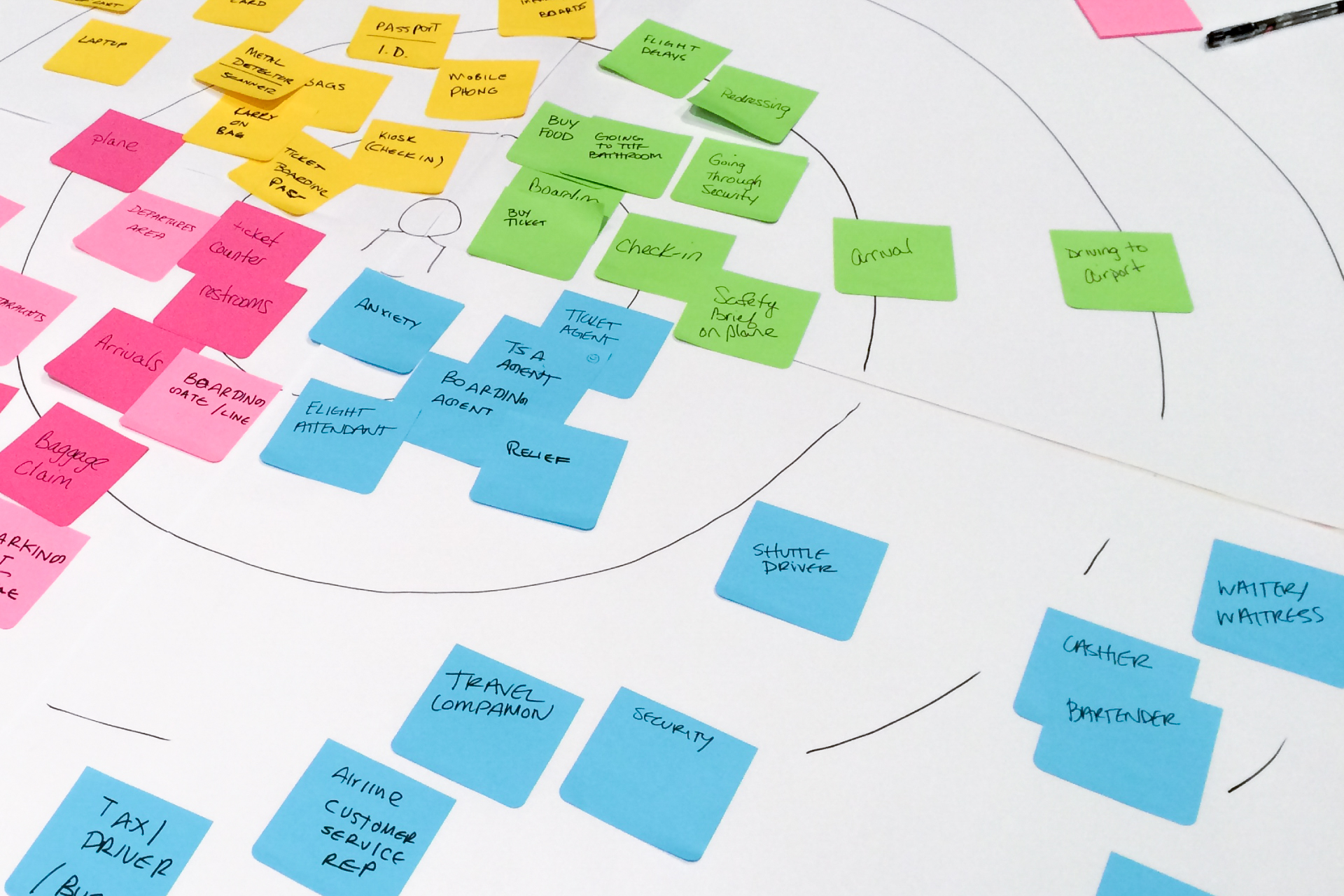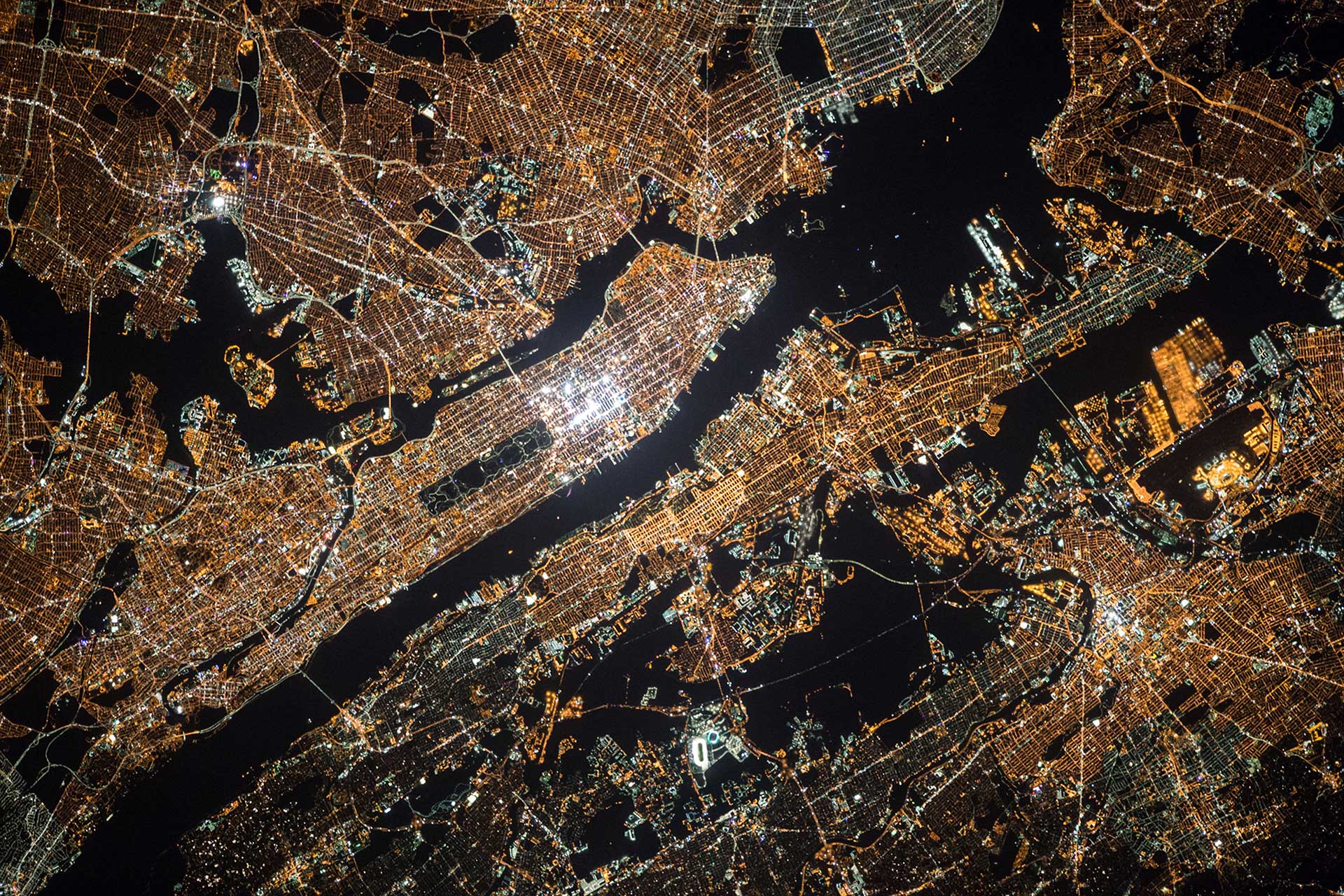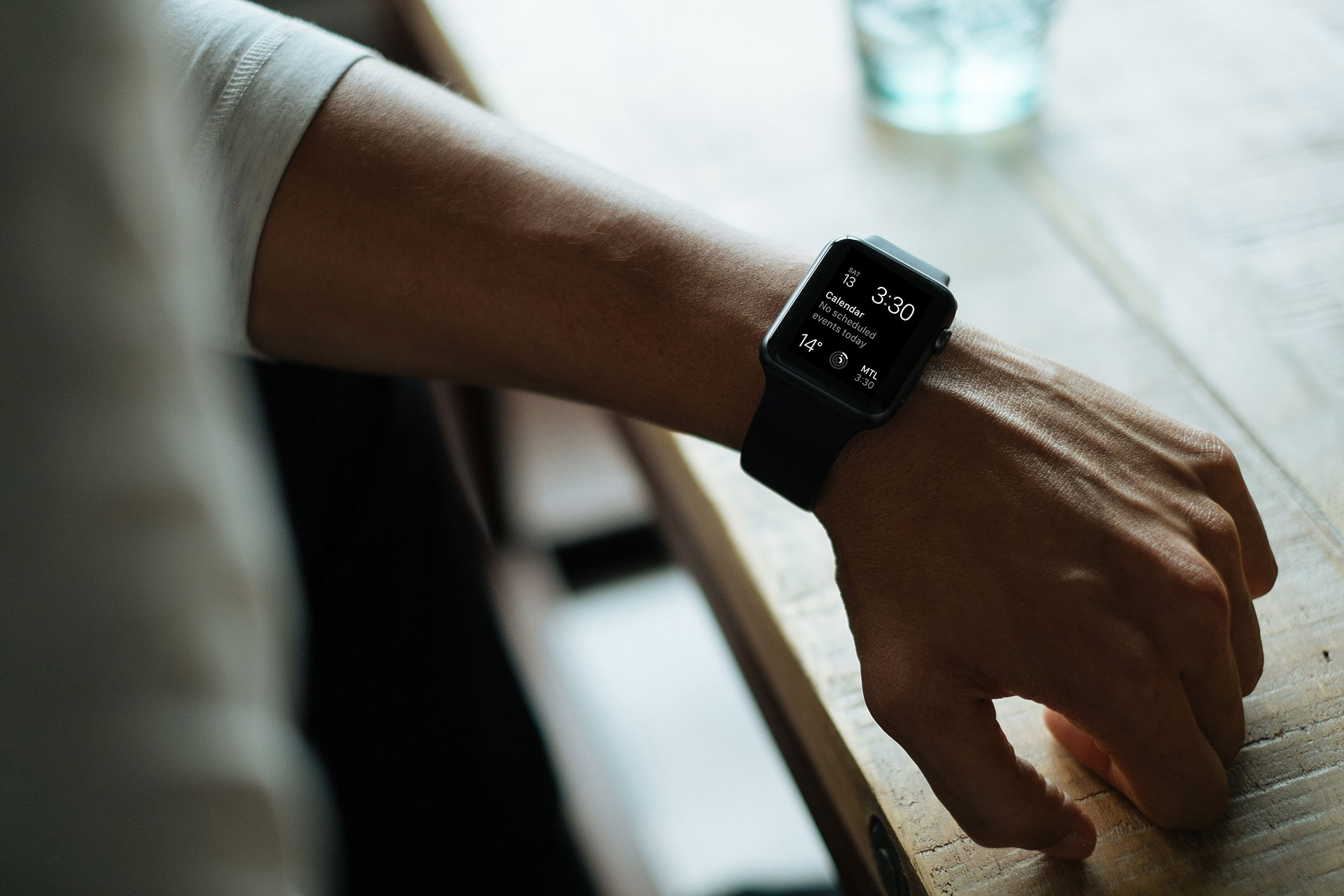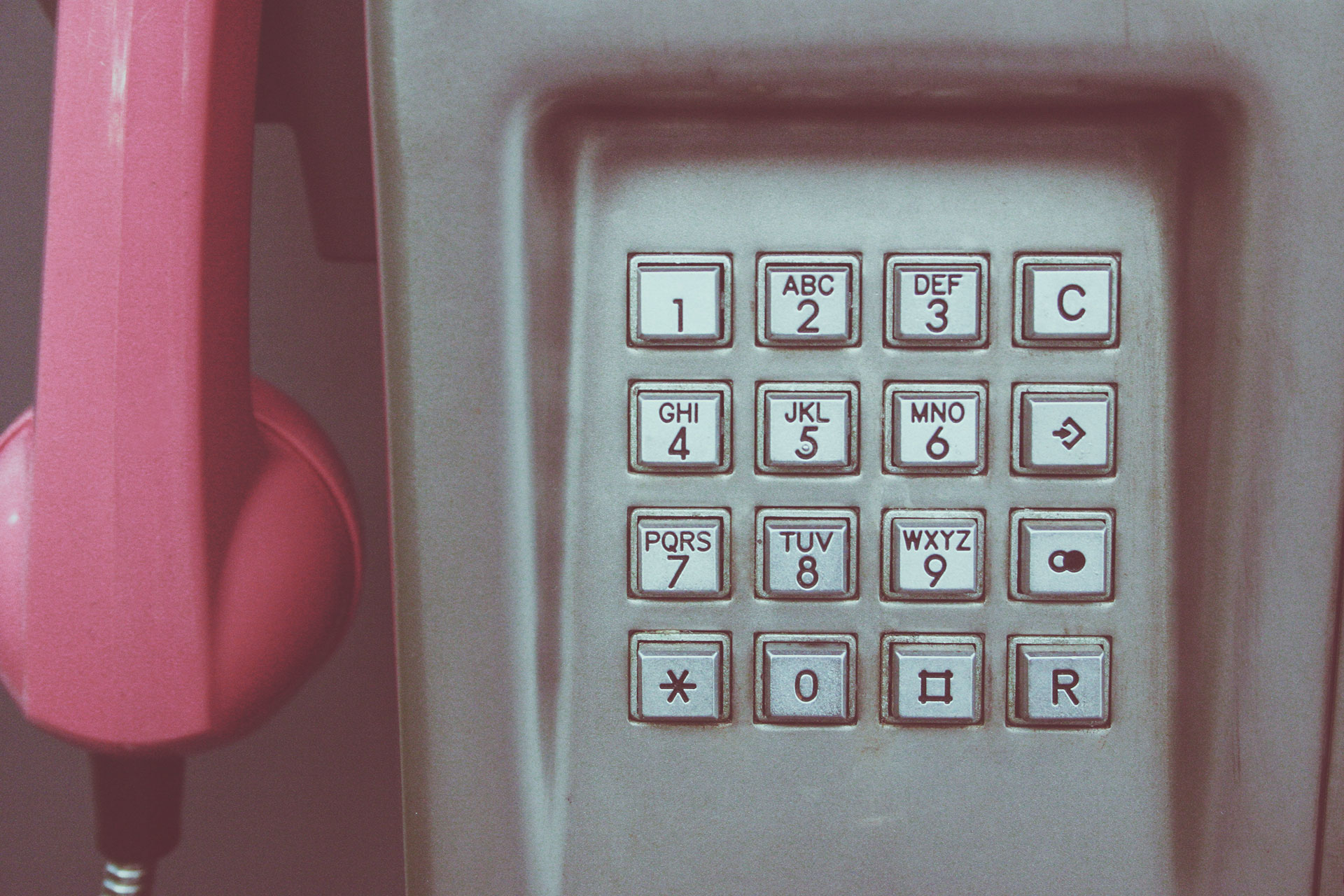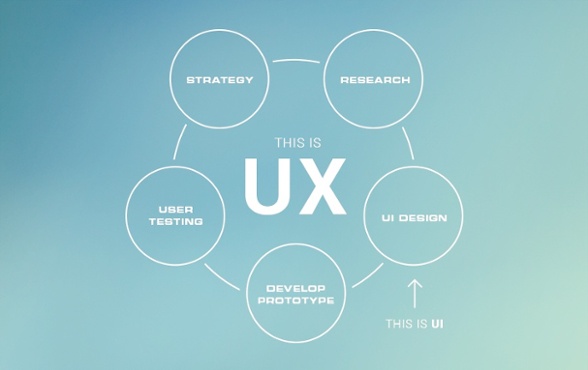Strength in Numbers: a First-Hand Lesson on the Value of a Multi-Disciplinary Team
2 min read
Sometimes we assume that if something looks beautiful, it must be beautiful. But there are many instances in which this simply isn’t true—especially in product design. Just as beauty isn’t enough to mask a faulty system, a brilliant idea is not likely to succeed without being desirable. It takes both beauty and brains to make something great, and quite often, a team of people working together to do so.
This was made clear to me when I was an intern at Visual Logic. I’ve worked here for years now, but once upon a time, I had little-to-no experience with design programs (or design in general). My first exposure to a design problem came as an intern applicant. If I wanted this internship, I was going to have to demonstrate that I could solve problems. I spent countless hours thinking through a cross-platform application through the eyes of one user—a farmer—and how he would use multiple screens for different tasks throughout his day. Once I knew I had a well-thought-out solution, I needed to find a way to articulate it. With no experience in design suites, I decided to complete the project using a program I knew: Microsoft Word. I spent hours and hours positioning shapes in a word document to create two user interfaces. Additionally, I’d decided to add bullets and notes to help explain my solution. The end result was over ten pages of shape art and text. And guess what? They loved it.
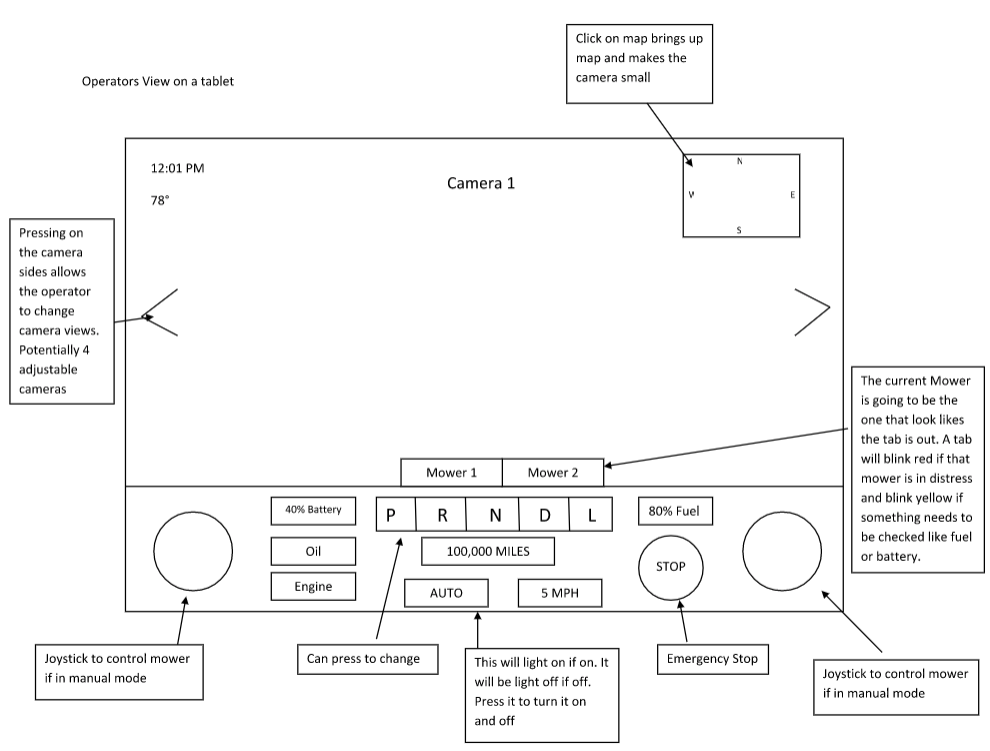 Word—who knew, right?
Word—who knew, right?
They loved it because they were able to look past the fact that I was not a designer and see a holistic, thoughtful flow of a system. They knew a team could take my idea and design something intuitive, desirable…beautiful.
There are a lot of products out there that work just fine but are unappealing, just as there are visually stunning products that severely lack functionality. If you’ve ever found yourself scratching your head over one of these two outcomes with your own product or service, it may be because one person tried to do it all. When one brain tries to take on all sides of product (or service) design, there will be holes. What we, as user experience designers, do is help people take their products and turn them into something that is useful, usable, and desirable.

